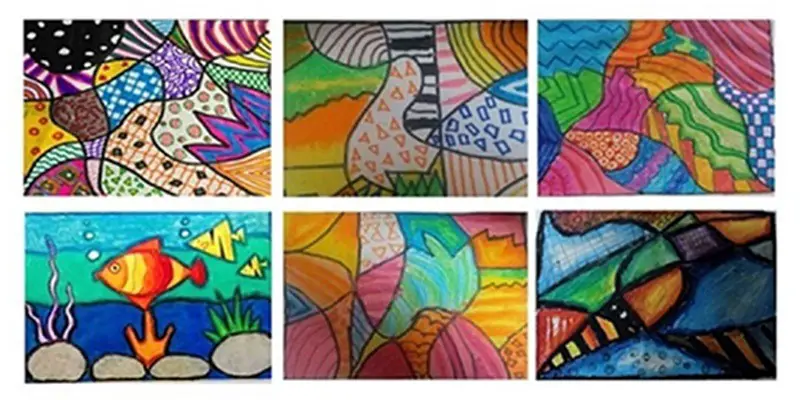
Art education is important for a well-rounded development of a child. However, most of the time, arts seem to take a backseat with more importance given to subjects like STEM (Science, Technology, Engineering & Mathematics. Now its up to parents, caregivers and educators to find alternative ways to provide art education to children.
Art education seems to be disappearing from most schools, with science taking most of the focus. One of the most common reasons provided is lack of funding. However, even when a school gets funding, it’s the STEM programs that gets beefed up with art-related learning initiatives taking a backseat.
STEAM: Adding Arts to STEM
While it is important to focus on math, technology and science, it need not be at the expense of Arts. The skills you learn through ‘Arts’, like creativity are just as crucial.
There’s no doubt that Technology produces art products like digital cameras and musical instruments, but art provides science with one-of-a-kind insight.
So make sure your child gets exposure to both science and arts from an early age.
Arts and their Benefits
One of the most important benefits of art education is that it encourages Creativity and Innovation, a trait that is highly valued by employers.
Art-related exposure and learning have shown to greatly improve physical, cognitive, social and emotional development among children – right from early childhood through college. Children learn to communicate better, handle constructive feedback well and learn to collaborate with others.
Finally, the arts improve a child’s dedication & self-discipline.
Many educators have started acknowledging these benefits and see a strong correlation between arts education and academic achievement.
Children need arts education as a part of a comprehensive and well-rounded education. Kids should be exposed to dance, music, theater and the visual arts in early childhood.
Nothing is more influential and fun than arts-related education. So, parents, and educators need to incorporate more art education programs for children. If your community has a children’s arts academy, make sure you enroll your kids as early as possible.
Art Activities to Pursue
- LCD Writing Tablets for kids
- Toy musical instruments for Kids
- Coin Collecting for Kids: How to Get Your Kids Started
- Art Kits for Kids
- Birthday cards for Kids: Cards & Invitations
Best Drawing toys & Kits for Kids
Best drawing and painting toys (and supplies) for kids that let kids express their creative sides. Let their imagination run free using these painting, drawing and coloring toys and supplies.
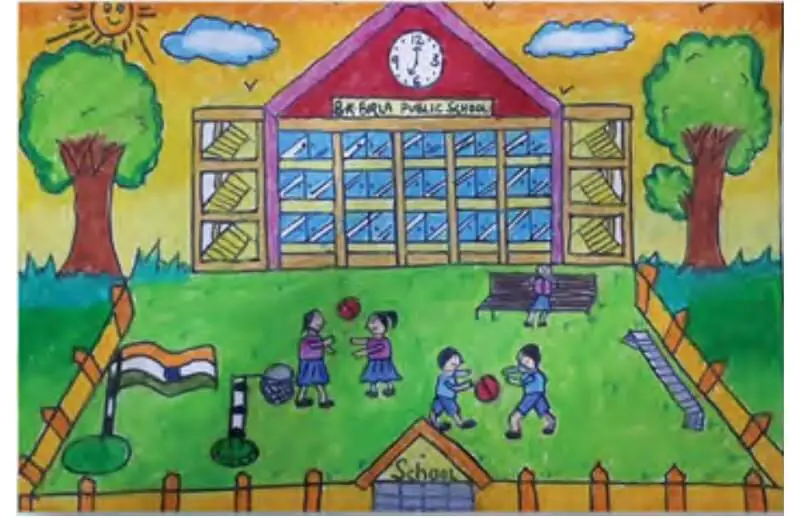
Let your little one create a masterpiece using crayons, or a collage with a stationery set.
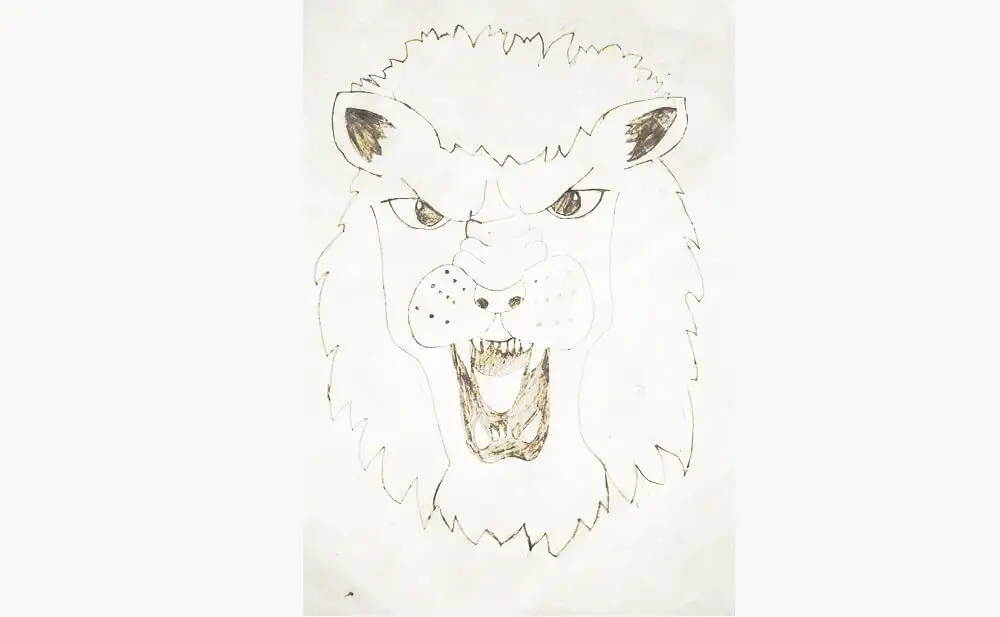
- Faber-Castell Beeswax Crayons in Durable Storage Case, 12 Vibrant Colors
- Crayola Sweet Scented Crayons
- Crayola Crayons 24 count (Pack of 2)
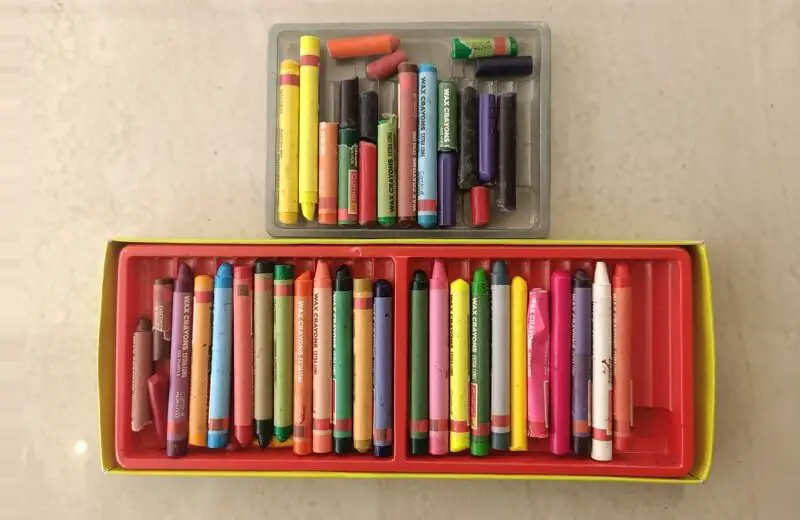
An easel is a must for every junior budding artist – and many can double up as a blackboard or whiteboard too.
Drawing mat: This is a great solution in case you want to avoid the mess created by kids drawing and painting sessions.
Magnetic drawing / doodle board: These are great for kids to do their school activities. Its easy to draw and erase on these magnetic boards. The pen stays firmly attached to the board so there is no worry of losing the pen.
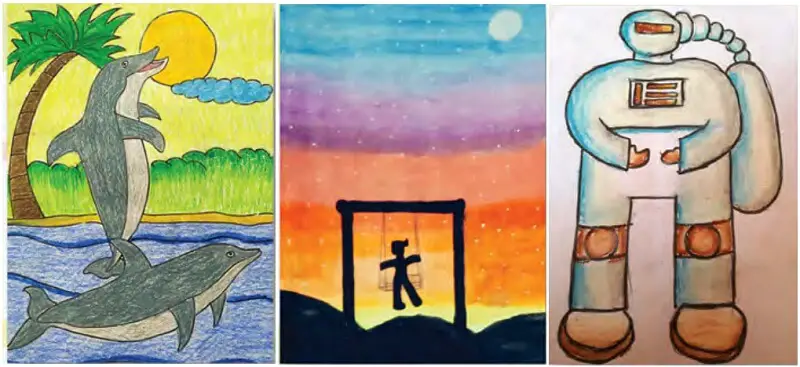
How to Get Creative With Your Kids Painting
Kids love to paint and play with colors. Just give them some colors to play with and you’ll see their creativity dabbled on the floors, on the walls, everywhere (well, of-course we don’t want to encourage them to do it on the walls).

The point is that children love colors. However, at times the paint brushes aren’t as much fun as finding other things to paint with (at times even adults get excited about this while thing when they do it with kids).
Other alternatives are your fingers (of course), comb, brush, cardboard, sponge or even an old toothbrush.
The best thing to do is to keep a box of such painting materials that can be used during your painting time with kids.
Unlike oil pastels (Camel, Faber Castel, etc.), Dry Pastels, also known as Soft Pastels, have a higher level of pigmentation resulting in brighter colors.
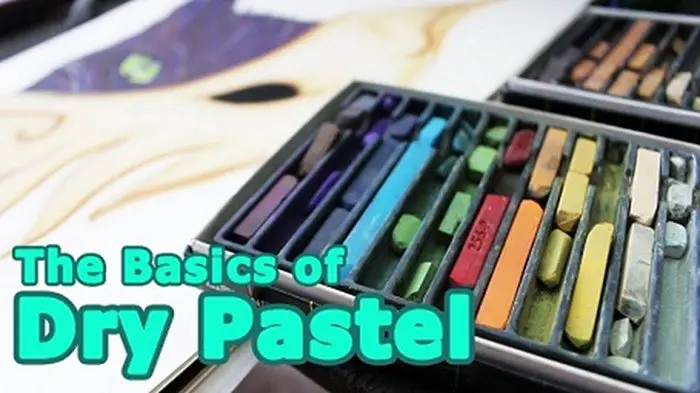
Want to be more creative? why not add soap powder, dish-washing liquid, flour, sugar and/or sand to the paint and we see what happens? Of-course your kids will use these under your supervision.
But the point is that these seem to make the painting activity even more interesting than just using different colors & the standard paintbrushes.
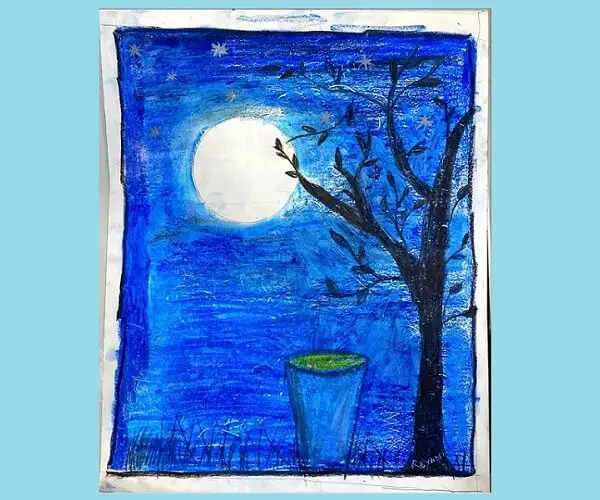
3D Doodling for Kids
Mix creativity with fun by introducing your kids to 3D Doodling.
Explore your creativity and see your imagination come to life. Draw in the air with a 3D pen. You can doddle anything from spectacles, phone cover, key chains to your name. 3D doodle your own mask or spectacle or woodwork.
No expertise is required.
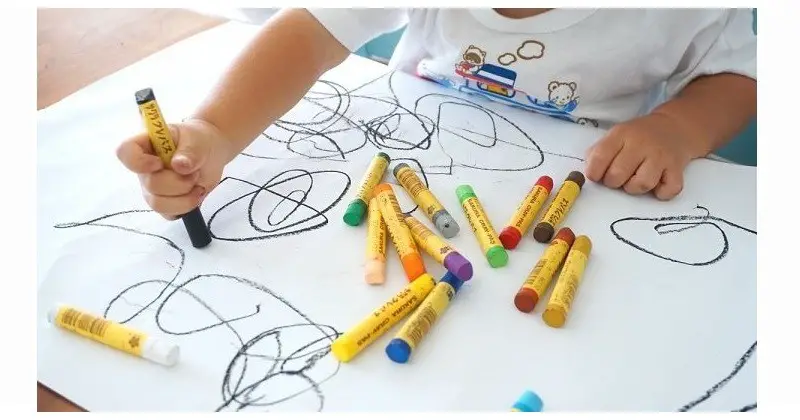
Exploring and hands-on learning experience of the different type of doodling. Starting from Zentangles to random line doodling, every technique woven neatly in a 3-hour workshop. You will get to try yourself the different patterns, negative spaces and also experience the soothing effect of doodling. A starter kit and concept building will help you to carry forward and make some amazing doodle stories at home later.
All material along with take-home doodle kit and the complimentary refreshments are included in the package.
What does the 3D pen do?
3D pens are a great tool to get creative in 3D. It is a 3D drawing device,that uses plastic strands as filament. The heated plastic strand is extruded from the tip whenever you press the button. This lets you draw into thin air, and create three-dimensional objects.
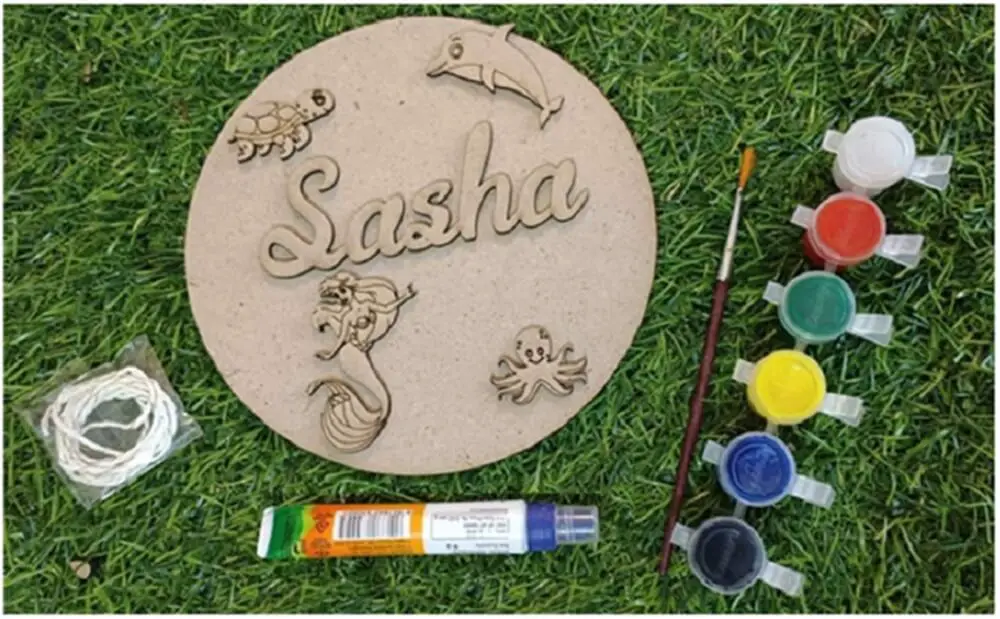
Learn to tie-dye a t-shirt (Project)
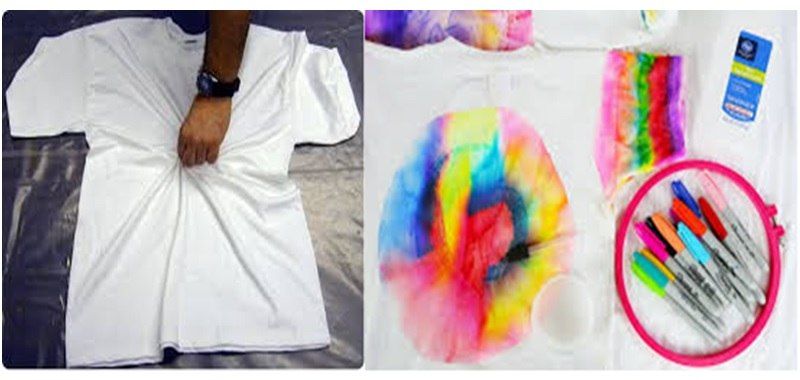
Here’s as school project on how to tie-dye a t-shirt. Let’s get messy as you learn to tie dye a t-shirt. List down the procedure and materials required.
Tie-dyeing is a method to turning clothing or fabric into vibrant work.
Procedure:
The process involves folding, twisting, and tying fabric to control the application of dye into its fibres.
The common method of tying a T-shirt is to use rubber bands
You then soak the t-shirt in a bowl of dye or apply the desired colours as per your liking.
Materials Required:
Get a plastic covering for your work surface
Wear some old clothes that you don’t mind getting dirty
Rubber gloves, if you don’t want colour on your hands.
You need colour.
Buckets for dye baths, one for every colour.
Rubber bands and hair ties to make resist systems and helps to make designs.
Scissors, stirring spoon, pair of tongs for removing your creation from its dye bath.
You may also use squirt bottle to apply colour with more control than dipping your tied-up surface into a bowl.
Funtoyworld is a family-managed website with me (Ben), and my wife doing most of the work. We are proud parents of two wonderful kids and love reviewing toys. We have a firm but friendly “democratic parenting” style and offer several practical suggestions backed by extensive research. Our own experience with raising two children prompted us to share our knowledge. Read more.
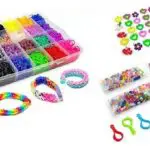
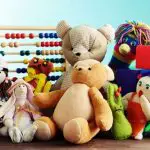
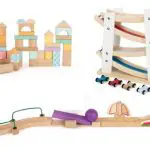
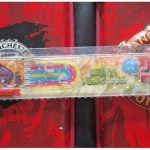



Leave a Reply